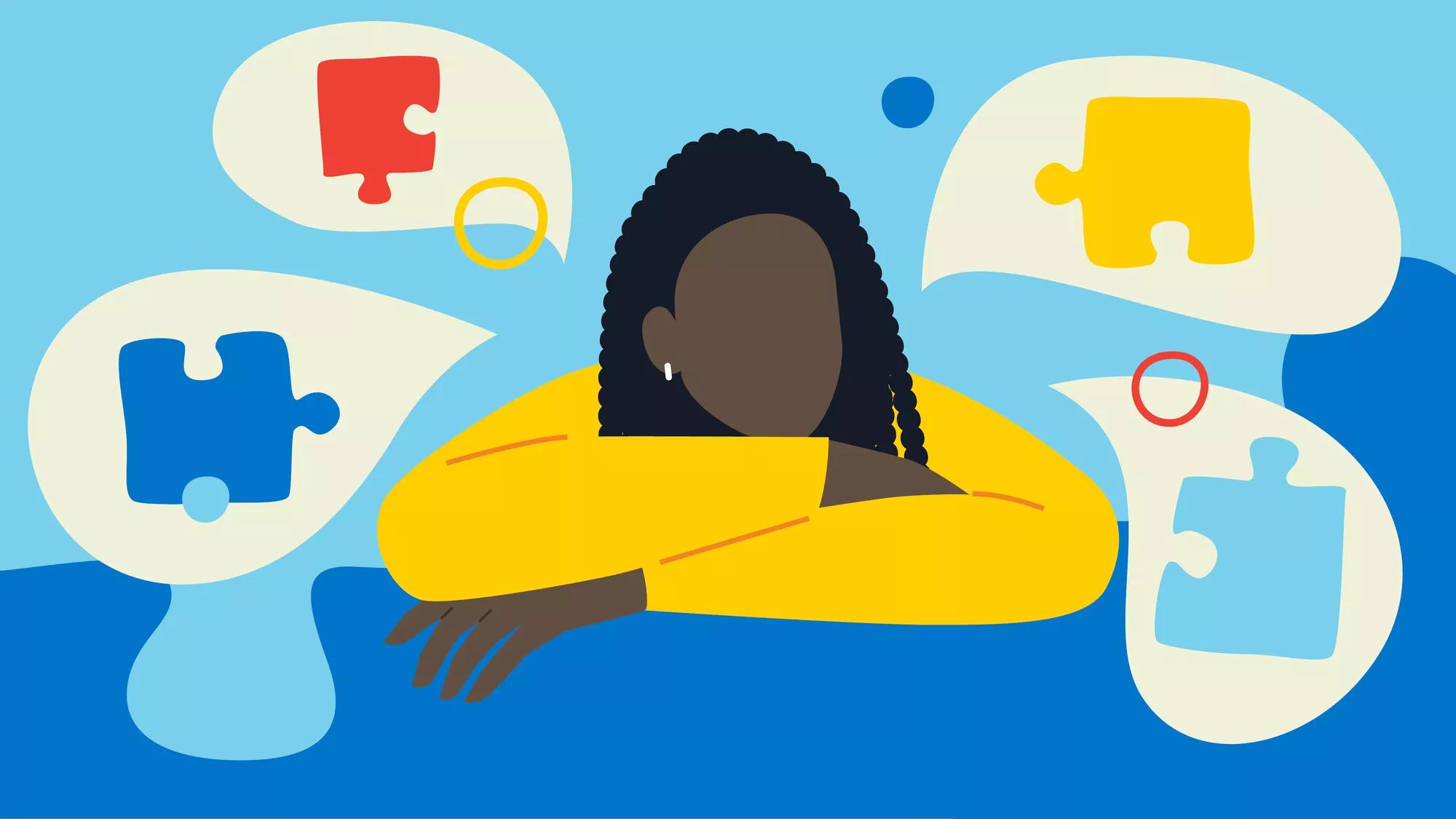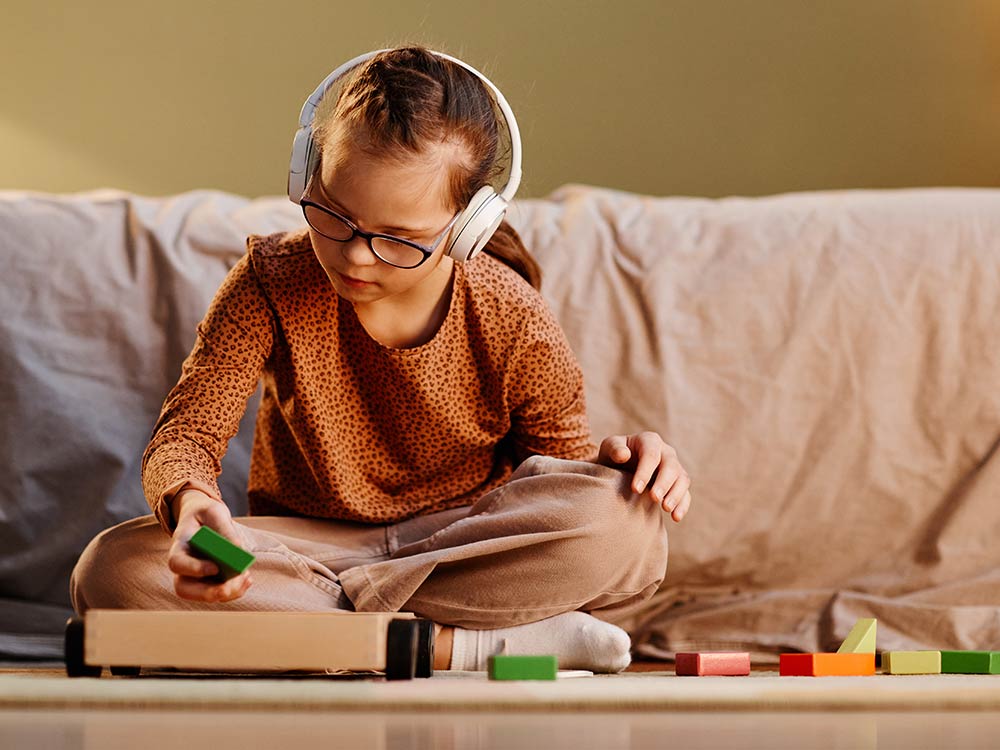Exactly how to Create an Inclusive Setting for Pals and Household with Autism
Exactly how to Create an Inclusive Setting for Pals and Household with Autism
Blog Article
Comprehending Autism: A Comprehensive Overview to Symptoms And Signs
Autism Spectrum Disorder (ASD) encompasses a large variety of qualities that can significantly influence a person's social interactions and day-to-day performance. Understanding these subtleties not just help caregivers and educators in supplying ideal assistance however also cultivates a more inclusive atmosphere for individuals with ASD.
Summary of Autism Spectrum Disorder
Defining Autism Range Condition (ASD) includes recognizing it as a complex neurodevelopmental problem characterized by a series of difficulties in social communication, interaction, and behavioral patterns. The term "range" reflects the broad irregularity in signs and their seriousness, which can vary substantially from one person to an additional. ASD usually manifests in early childhood years, although some individuals might not get a diagnosis up until later on in life.
Aspects affecting the growth of ASD include ecological elements and hereditary predispositions, although the exact causes remain under investigation. Medical diagnosis frequently depends on behavior evaluations, as there are no clear-cut clinical tests for ASD. Early treatment is essential and can considerably improve end results, concentrating on enhancing communication abilities, social communications, and adaptive behaviors.
People with ASD might additionally display distinct strengths, such as phenomenal interest to detail or specific locations of competence. Recognizing the diverse nature of ASD is important for fostering an inclusive atmosphere that fits neurodiversity. Proceeded study is important for developing efficient interventions and support group, enabling people with ASD to thrive and satisfy their possible within society.
Typical Signs of Autism
Recognizing the common indications of Autism Range Disorder (ASD) is important for early identification and treatment. These indications can differ widely in seriousness and discussion, yet certain characteristics are frequently observed in individuals with ASD.
One of one of the most common signs is a significant problem in developing and keeping eye contact. People might also exhibit limited rate of interest in social communications and show a choice for singular play. Recurring habits, such as hand-flapping, shaking, or spinning items, commonly arise early in childhood years. Additionally, some children may establish strict routines and become distressed if these regimens are interfered with.
Sensory level of sensitivities are likewise typical; individuals may overreact or underreact to sensory stimuli, such as lights, appearances, or noises. autism. Language development can be atypical, with some kids exhibiting postponed speech or utilizing language in unusual means, including echolalia-- repeating sentences or phrases heard in other places
It is important to keep in mind that not every individual with ASD will show all these indications, and the degree of these actions can vary considerably. Early acknowledgment enables for timely assistance and sources, improving the quality of life for those on the range.
Social Interaction Difficulties
Social communication obstacles are a trademark of Autism Range Condition (ASD), impacting a person's capability to engage successfully with others. These difficulties can show up in numerous means, including challenges in starting and maintaining conversations, understanding social signs, and responding appropriately in social interactions.
People with ASD might have problem with nonverbal communication, such as eye call, facial expressions, and body language. This can result in misunderstandings, as their communicative intent may not be properly interpreted by others. They might locate it tough to grasp the subtleties of tone and context, which are important for reliable interaction.
In group settings, individuals with ASD may really feel overwhelmed and might not recognize exactly how to join in discussions (autism). They might likewise show irregular conversational patterns, such as monologuing regarding particular interests without recognizing social reciprocity
Furthermore, these obstacles can result in social seclusion or difficulties in developing partnerships, as peers might misinterpret their behavior or interaction design. Understanding these social communication obstacles is essential for cultivating helpful atmospheres that advertise social skills development and improve the high quality of communications for individuals on the autism range.
Sensory Reactions and level of sensitivities
Numerous people with Autism Range Disorder (ASD) experience heightened sensory sensitivities that can dramatically influence their day-to-day lives. he said An individual with ASD might find day-to-day sounds, such as a vacuum cleanser or crowded settings, overwhelmingly traumatic, leading to anxiety or meltdowns.
Sensory handling differences in individuals with ASD can also affect their capacity to participate in social communications and regular tasks. For instance, a youngster who is sensitive to touch may withstand physical love or stay clear of particular clothing materials. Alternatively, a preference for sure structures or tastes can restrict dietary options and develop difficulties throughout nourishments.
Understanding these sensory level of sensitivities is crucial for acknowledging the one-of-a-kind experiences of people with ASD. Recognition of their sensory profiles can foster much better communication and assistance approaches, developing an atmosphere that fits their needs and improves their quality of life. Eventually, acknowledging sensory sensitivities is a critical element of comprehending the broader spectrum of autism.

Supporting Individuals With Autism
Effective support for individuals with Autism Spectrum Disorder (ASD) is crucial for boosting their total well-being and promoting freedom. Assistance strategies need to be tailored to satisfy the special demands of each person, considering their difficulties and staminas.

Social click here to find out more skills training can also play a critical function. autism. Involving individuals in group activities or role-playing scenarios can boost their ability to browse social interactions. Furthermore, it is necessary to inform family members, caretakers, and peers concerning ASD to cultivate a helpful and inclusive area
Final Thought
By cultivating boosted communication and social abilities, people with autism can browse their environments a you could try this out lot more successfully. Inevitably, enhanced recognition and support can significantly boost the high quality of life for those influenced by ASD.
Autism Range Disorder (ASD) incorporates a broad array of characteristics that can substantially influence an individual's social interactions and everyday performance.People with ASD might have a hard time with nonverbal interaction, such as eye call, face expressions, and body language.Numerous individuals with Autism Spectrum Condition (ASD) experience increased sensory sensitivities that can substantially impact their daily lives.Sensory handling distinctions in people with ASD can also impact their capability to engage in social interactions and routine activities.Understanding these sensory level of sensitivities is essential for recognizing the special experiences of people with ASD.
Report this page